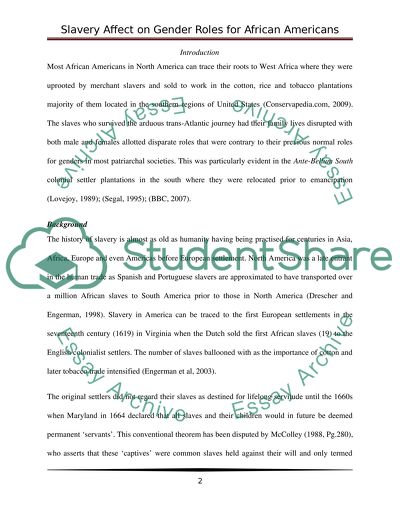Cite this document
(“How did slavery affect gender roles for African Americans Essay”, n.d.)
Retrieved de https://studentshare.org/miscellaneous/1563871-how-did-slavery-affect-gender-roles-for-african-americans
Retrieved de https://studentshare.org/miscellaneous/1563871-how-did-slavery-affect-gender-roles-for-african-americans
(How Did Slavery Affect Gender Roles for African Americans Essay)
https://studentshare.org/miscellaneous/1563871-how-did-slavery-affect-gender-roles-for-african-americans.
https://studentshare.org/miscellaneous/1563871-how-did-slavery-affect-gender-roles-for-african-americans.
“How Did Slavery Affect Gender Roles for African Americans Essay”, n.d. https://studentshare.org/miscellaneous/1563871-how-did-slavery-affect-gender-roles-for-african-americans.


